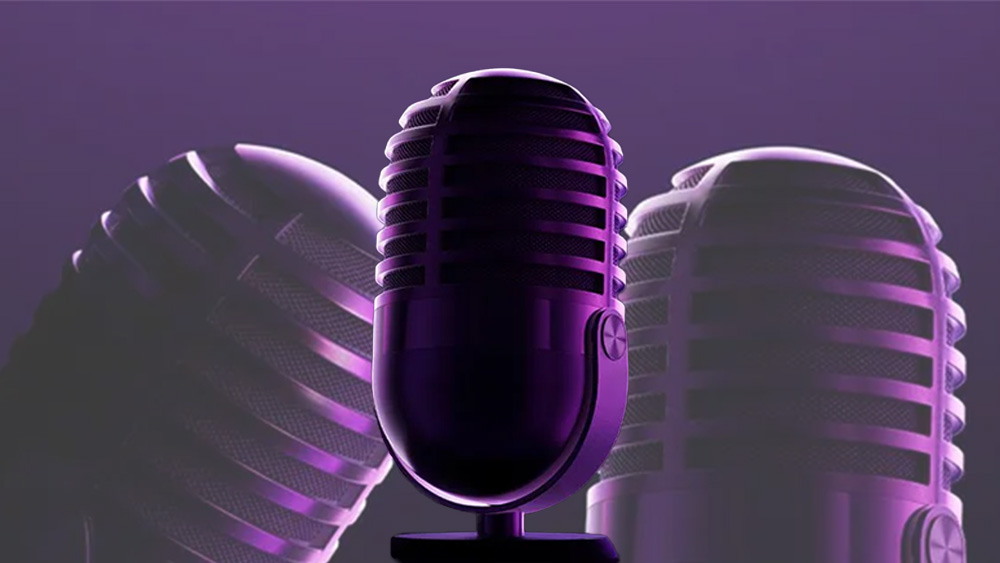
Ahead of this month’s announcement, Google accidentally published a blog post revealing the research and thought process behind Material 3 Expressive. This bold new direction aims to transform Google’s design approach, moving away from 'clean' and 'boring' aesthetics to create interfaces that resonate emotionally with users.
Key Takeaways from Material 3 Expressive
The full blog post was archived by the Wayback Machine. Here are some critical insights:
- Material 3 Expressive is touted as the most-researched update to Google’s design system ever, emphasizing collaborative inquiry across research, design, and engineering.
“Material 3 Expressive was born out of research—not in the 41 shades of blue kind of way.”
In 2022, the Material Design team questioned the similarity and monotony in app designs, asking, “Wasn’t there room to dial up the feeling?”
Research and Findings
Over three years, Google conducted 46 research studies with over 18,000 participants, refining their design principles to create something beautiful and user-friendly:
- Eye Tracking: Analyzing user attention focus.
- Surveys and Focus Groups: Gauging emotional responses.
- Experiments: Gathering sentiment and preferences.
- Usability Testing: Measuring how quickly users could navigate interfaces.
Core Principles of Expressive Design
The fundamental parts of expressive design include:
- Color, Shape, Size, Motion, and Containment.
- Bold use of shape and color aims to create delightful user experiences.
“These design aspects make a product more usable by drawing attention to what matters in the interface.”
New Components and User Benefits
One notable innovation is the floating toolbar, designed to enhance user experience by making key actions more visible. Research indicates that expressive designs help users identify essential actions up to 4x faster, improving navigation efficiency.
Concept Designs and User Preference
Concept designs illustrate the advantages of expressive principles, such as a larger Send button in an email app, which users can find faster compared to traditional designs.
Other examples include a clock app, voice input, photo editor, payments, and wallet interfaces.
Brand Perception and Expressive Design
Google's research found that expressive designs are perceived as more cool and modern, with significant boosts in brand perception:
- 32% increase in subculture relevance.
- 34% boost in modernity.
- 30% jump in rebelliousness and innovation perception.

Thanks Simon





Comments
Join Our Community
Sign up to share your thoughts, engage with others, and become part of our growing community.
No comments yet
Be the first to share your thoughts and start the conversation!